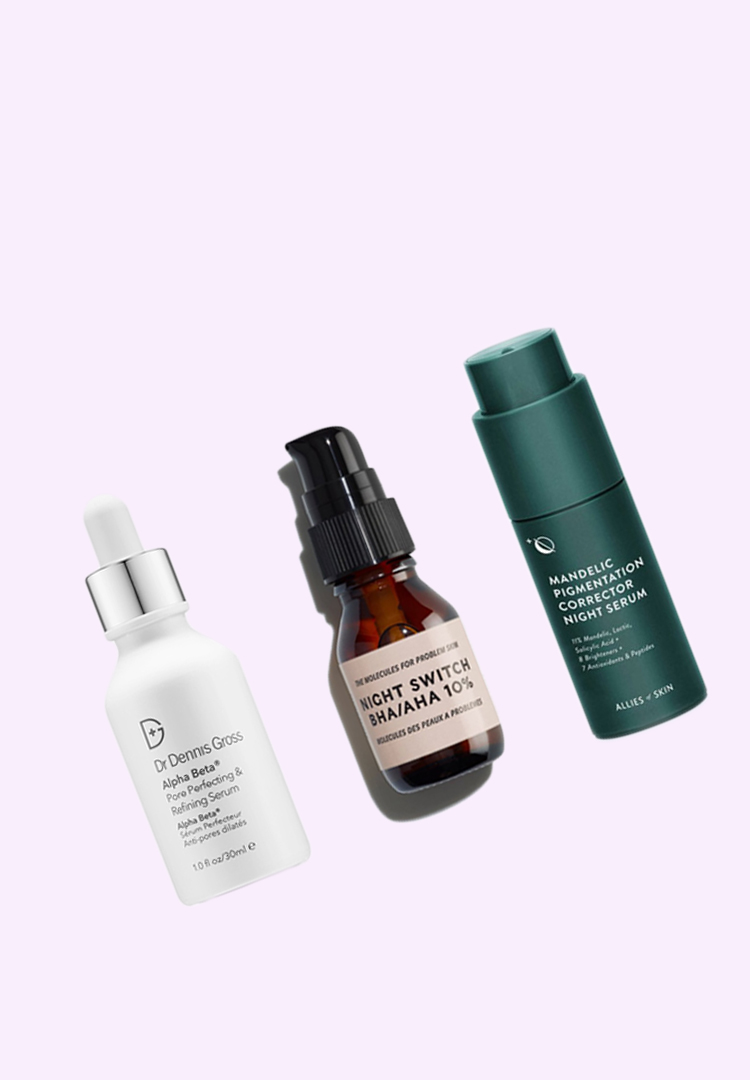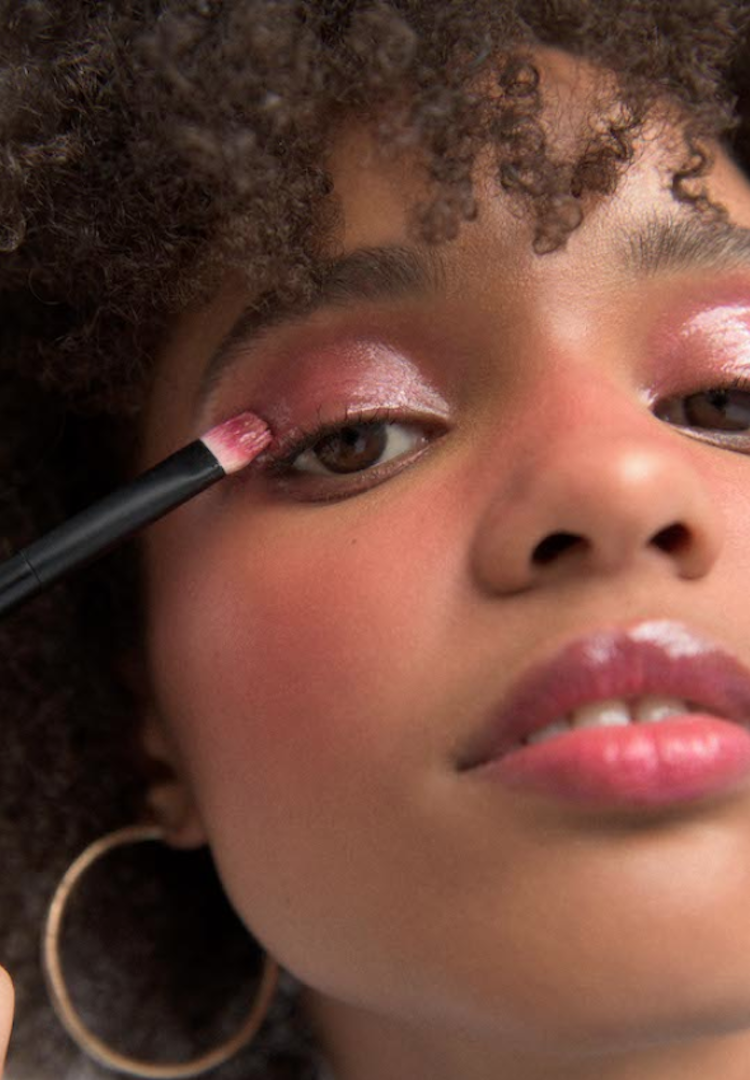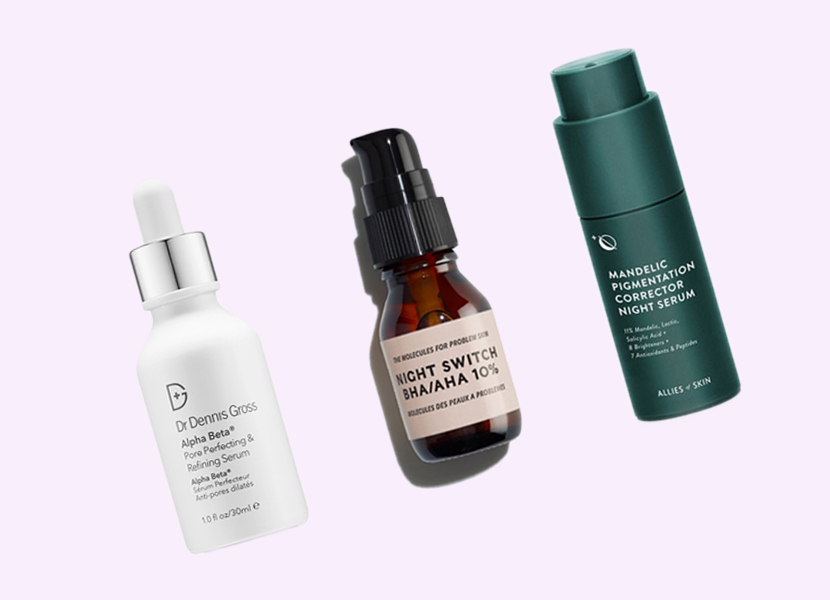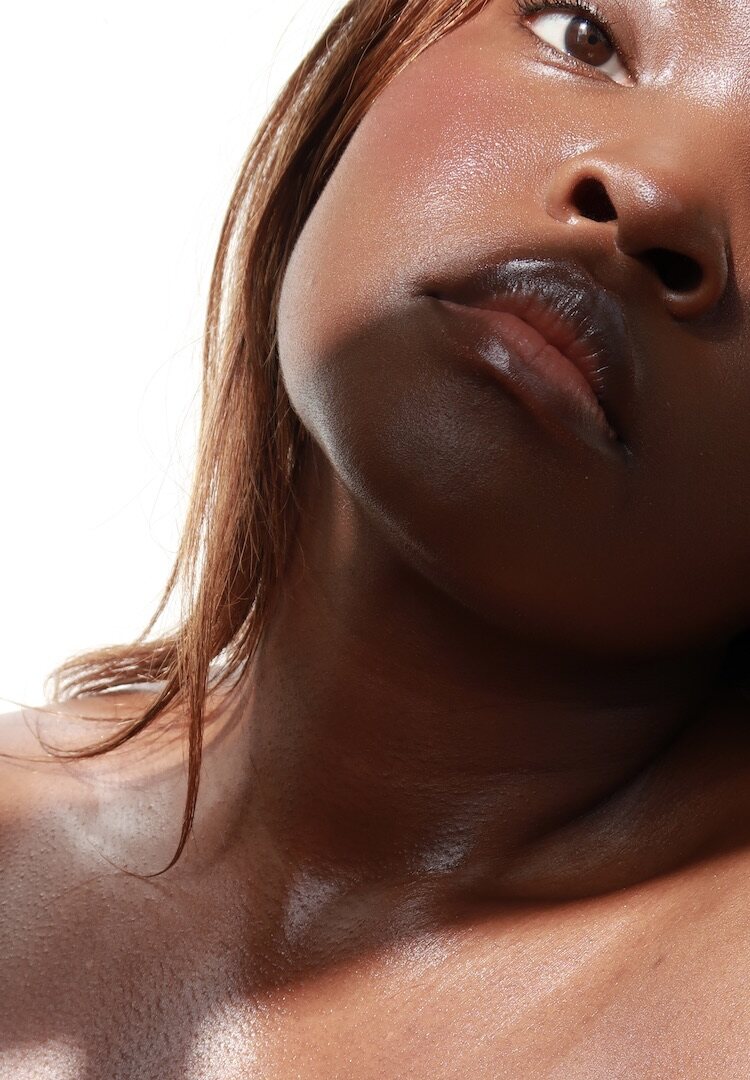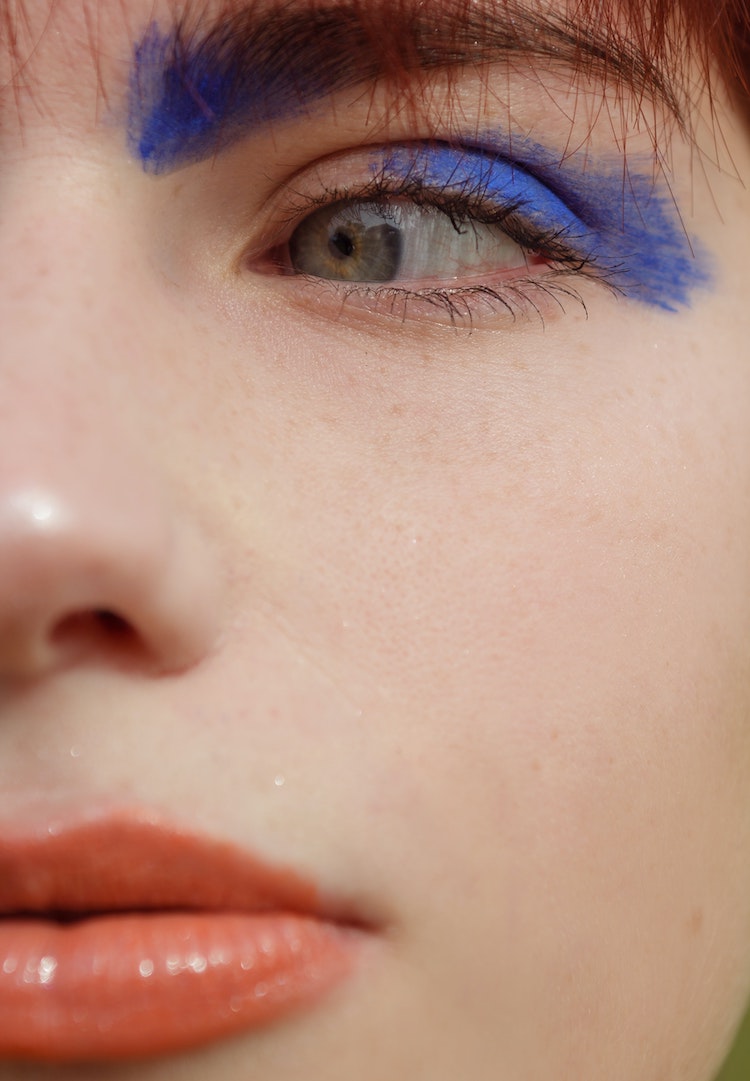What even are AHAs and BHAs and what’s the difference?
WORDS BY MAGGIE ZHOU
Learn your As and Bs.
I’m on a journey of learning to understand what I’m putting into my skin, and to not just appreciate skincare for its branding and typography. I’m simple, I just want that “aha!” moment (pun intended) when it comes to grasping the science behind skincare.
That’s why I’ve asked my friend and clinical research scientist turned digital creator Hannah English to teach me a thing or two. She’s demystified retinol and now we’re onto AHAs and BHAs.
Gather your notebooks and pens, let’s get this skincare lesson rolling.
So, what are AHAs and BHAs?
“AHAs and BHAs are chemical exfoliants. So instead of literally scrubbing off dead skin cells, you’ve applying a mild acid and that helps to dissolve the bonds between the dead skin cells, so they’re not glued [together],” Hannah explains.
As we chat on the phone, I’m having dreaded flashbacks to my pre-teen days when I dearly loved the infamous St Ives’ apricot scrub (which has actually received a lawsuit for creating tears in your skin).
“[Physical] scrubs can be a little bit harsh, especially if your skin is sensitive or you’ve got active acne or something like rosacea,” says Hannah.
“AHAs are alpha hydroxy acids. Those are water-soluble molecules so they’re better at the surface and are good for treating sun damage or dullness. BHAs are oil-soluble so they can penetrate a bit further and unglue the skin cells that are clogging the pores. I like to use both at once so I’m taking care of it all.”
To put it simply, one way of thinking about it is that AHAs work ‘above’ the surface and BHAs work ‘below’ the surface.
How often should I be exfoliating?
“Once or twice a week is a good place [to start],” recommends Hannah. “I know some products say use daily or use morning and night but the thing about product instructions is that they love it when you use things up. Once or twice a week is good and if you feel like you want more, you can always [increase] after a month or so.”
How about some product recommendations?
“Lixir makes a great AHA and BHA night serum,” Hannah notes.
“Also, Dr. Dennis Gross. I love Dr Dennis, he makes this Alpha Beta serum. I like it in the serum more than a toner. I feel like the serum is gentler and doesn’t dissolve as quickly.
“At the upper end of the price range there’s also Allies of Skin’s mandelic night serum.”


